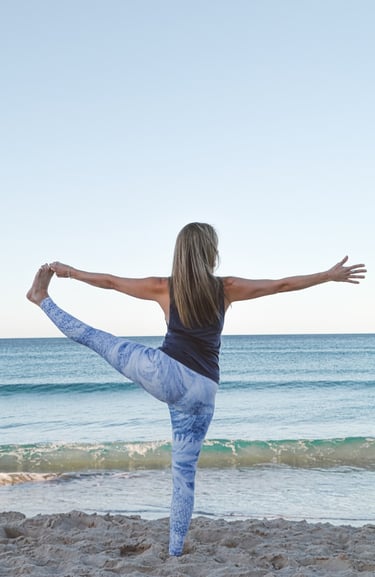Balance and Falls Prevention
Clients shouldn't settle for "I'm just clumsy" or "Being off-balance is a normal part of getting old!"
There are almost-always specific reasons why a person is off-balance, each of which can be addressed to one degree or another.
For those at low-to-medium risk of falling, education- and exercise-based intervention (such as strength training and balance exercises) are effective at reducing the risk of falls - as well as giving a number of other benefits.
For those at higher risk of falling, exercise alone is often not enough to minimise the risk of falling. In these cases a more thorough assessment, and often more than one healthcare professional, is required. A treatment plan can then be created, based on an individual's needs and preferences.
Other elements of the assessment and treatment may include:
The home environment
Feet and footwear
Vision, lighting and spatial awareness
Vestibular (inner ear) function and dizziness
Strength, flexibility and pain
Walking aids (sticks, hiking poles, frames, etc)
Cardiovascular fitness
Mental health, cognition and sleep
Incontinence (and other things that might make somebody rush)
Working with your doctor to best manage any related health conditions
Helping clients find support services such as My Aged Care
Source: Task Force on Global Guidelines for Falls in Older Adults. (2022). World guidelines for falls prevention and management for older adults: A global initiative. Age and Ageing, 51(9). https://doi.org/10.1093/ageing/afac205 .
For more information on Physiotherapy and balance, visit Choose.Physio


